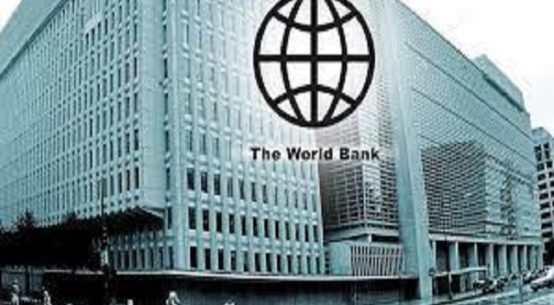
The government’s debt is projected to gradually increase over the next two fiscal years, following the trend of the previous two years.
The projected debt will stand at 37.6 percent and 38.5 percent of the GDP in the 2024-25 and 2025-26 fiscal years, respectively, according to an official document of the Ministry of Finance.
The debt amount is estimated at Tk 21,180 billion for fiscal year 2024-25, while for 2025-26, it is set to rise to Tk 24,388 billion. The figures were Tk 18,329 billion (36.6 percent of GDP) and Tk 15,697 billion (35.1 percent of GDP) for 2023-24(ongoing) and 2022-23 fiscal years, respectively.
The domestic debt for 2024-25 is projected at Tk 13,071 billion (23.2 percent of GDP), constituting 61.7 percent of the total debt. Meanwhile, external debt is expected to reach Tk 8,109 billion (14.4 percent of GDP), making up 38.3 percent of the total.
For 2025-26 fiscal year, the domestic debt is forecasted at Tk 14,972 billion (23.2 percent of GDP), representing 61.7 percent of the total debt. The external debt is anticipated to be Tk 8,109 billion (14.4 percent of GDP), making up 38.3 percent of the total amount.
A finance ministry document says that an expansionary fiscal policy will persist in the medium term until the 2024-25 fiscal year to aid in recovering from the adverse effects of the COVID-19 pandemic.
As a result, the debt-GDP ratio is expected to rise from 32.4 percent in FY 2020-21 to 38.5 percent in FY 2025-26.
Both domestic and external debt stocks, as a percentage of GDP, will continue to grow in the medium term. Notably, the external debt stock is projected to increase at a faster pace relative to domestic debt, according to the document.
By the end of FY 2025-26, the external debt stock is estimated to reach 14.8 percent of GDP, making up 38.6 percent of the total debt stock.
According to the finance ministry document titled ‘Medium Term Macroeconomic Policy Statement (2023-24 to 2025-26)’ , as of the end of the fiscal year 2022, the debt portfolio in Bangladesh was primarily composed of domestic debt, which constituted 64 percent of the total debt stock.
Marketable securities made up 50 percent of the domestic debt, while National Savings Certificates (NSCs) contributed 43 percent, with the remainder financed through the provident fund.
Recent years have seen a shift in the external debt stock’s relative share, with more than two-thirds of external debt now being multilateral.
Despite this, new bilateral creditors have emerged, offering semi-concessional loans. Over the last 15 years, the total debt-to-GDP ratio in Bangladesh has never exceeded 40 percent.
A notable development by the Finance Division is the exercise of a home-grown Debt Sustainability Analysis (DSA) using national data, marking a significant milestone for the country.
Previously, Bangladesh relied on DSAs conducted by the IMF and World Bank. The new analysis was based on the DSA-LIC template provided by the IMF and World Bank, with additional technical support from these institutions.
The findings demonstrate that the country’s public debt is sustainable and well within safe thresholds, even in the face of extreme scenarios.
The report identifies areas for enhancing the country’s debt management strategies and provides recommendations for future actions.
This enhanced transparency and accountability in public debt management are poised to bolster investors’ confidence in the financial system and foster long-term economic growth in Bangladesh.

